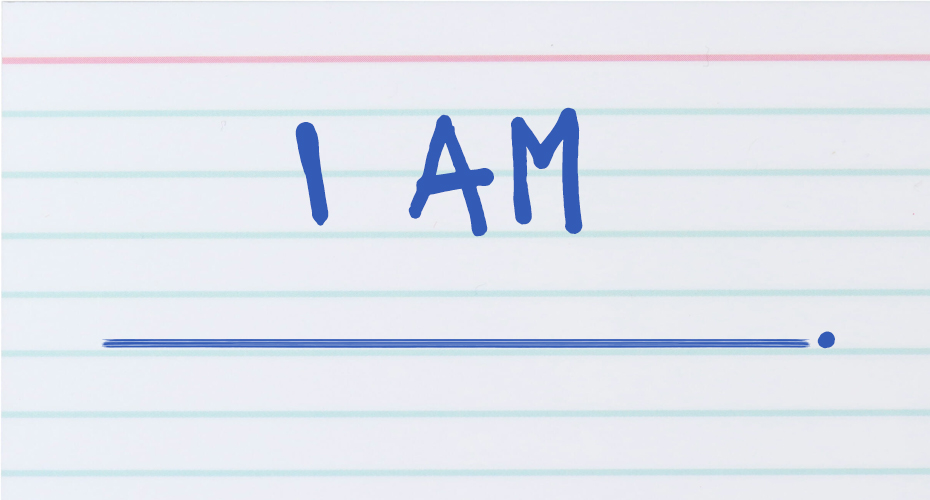In our classes, routine is very important. One might argue that routine is important in nearly every aspect of our life. Repetition of movement is critical to familiarize our athletes with the tasks we want them to accomplish. It is this repetition that allows them the opportunity to perform the exercises over and over again, so that they ultimately improve.
For example, we noticed an improvement across all athletes ability to perform a deadbug hold once we integrated this into every warm-up. The improvement was notable enough that we have slowly increased the time which our athletes are holding this movement. Many athletes have progressed to the point where they are also capable of holding their shoulders and head slightly off the ground, engaging their core even more.
This only came with practice and repetition.
Why then do we only emphasize this with physical movement and exercise?
After each class this session, we have offered a positive closing thought while we cool down and stretch. This can be a reinforcer for the coming week or an at-home challenge for the week. We realized that many athletes struggle with positive self-talk. When asked how many feel it is difficult to talk positive about themselves, most hands went up. One athlete even asked how they can improve.
Just as we do with our movements in class, practicing positive self-talk and repeating that can be helpful. If you are routinely telling yourself that you are not important and not worthy, at some point, you will come to believe it. One of our goals has been to focus on the positives, which far outweigh any negatives, and repeat that mantra throughout the week.
According to Positive Psychology, there are empirical studies that suggest positive self-affirmation practices can be beneficial, such as:
- Self-affirmations have been shown to decrease health-deteriorating stress (Sherman et al., 2009; Critcher & Dunning, 2015);
- Self-affirmations have been used effectively in interventions that led people to increase their physical behavior (Cooke et al., 2014);
- They may help us to perceive otherwise “threatening” messages with less resistance, including interventions (Logel & Cohen, 2012);
- They can make us less likely to dismiss harmful health messages, responding instead with the intention to change for the better (Harris et al., 2007) and to eat more fruit and vegetables (Epton & Harris, 2008);
- They have been linked positively to academic achievement by mitigating GPA decline in students who feel left out at college (Layous et al., 2017);
- Self-affirmation has been demonstrated to lower stress and rumination (Koole et al., 1999; Wiesenfeld et al., 2001).
We believe that everyone was created on purpose for a purpose. Our challenge this past week was for each athlete to think of one positive characteristic to describe themselves and to write that on an index card we provided. They were to then take that card and keep it somewhere that they would see it on a daily basis and repeat that mantra to themselves.



What would you write on your card?
